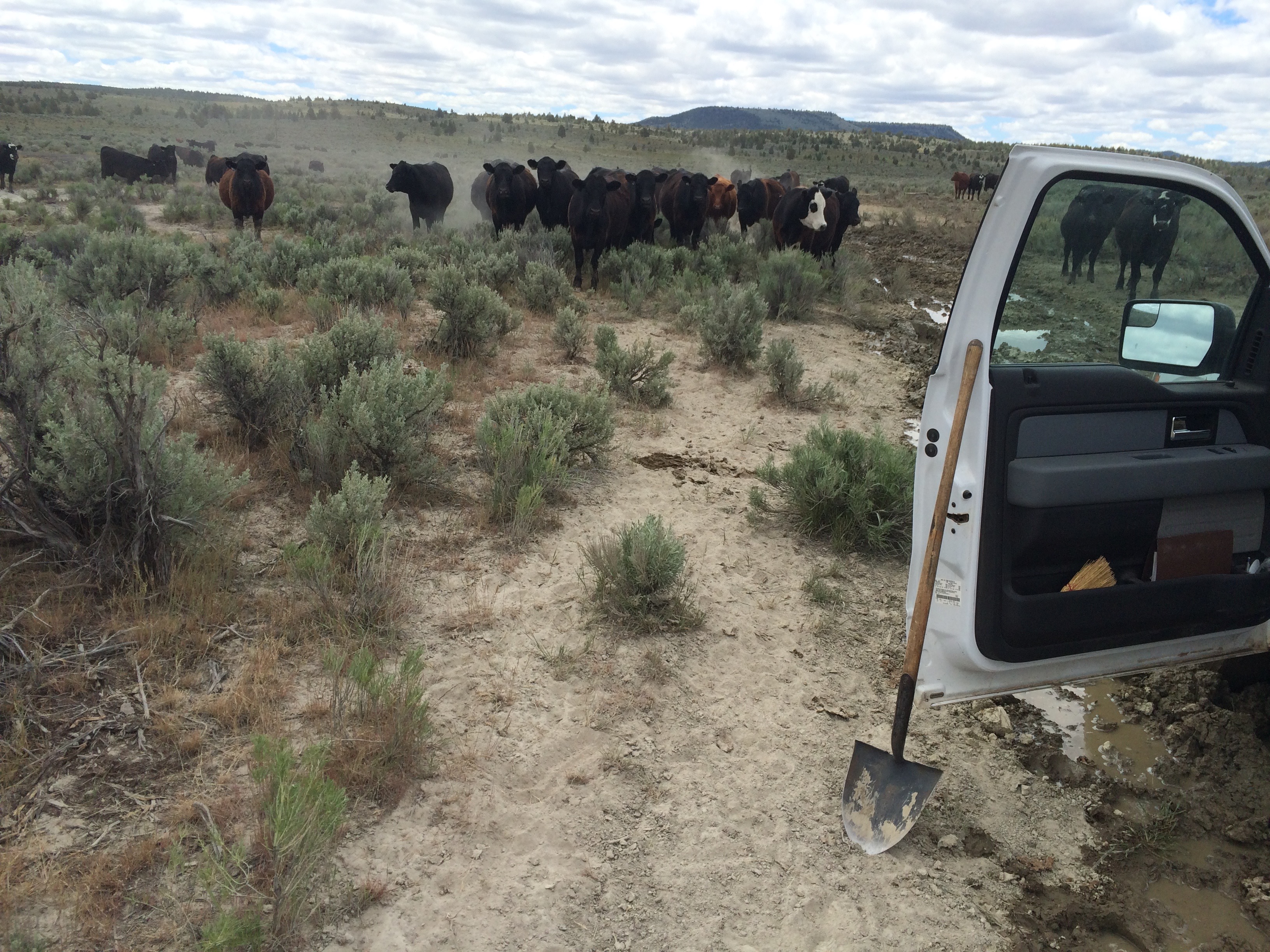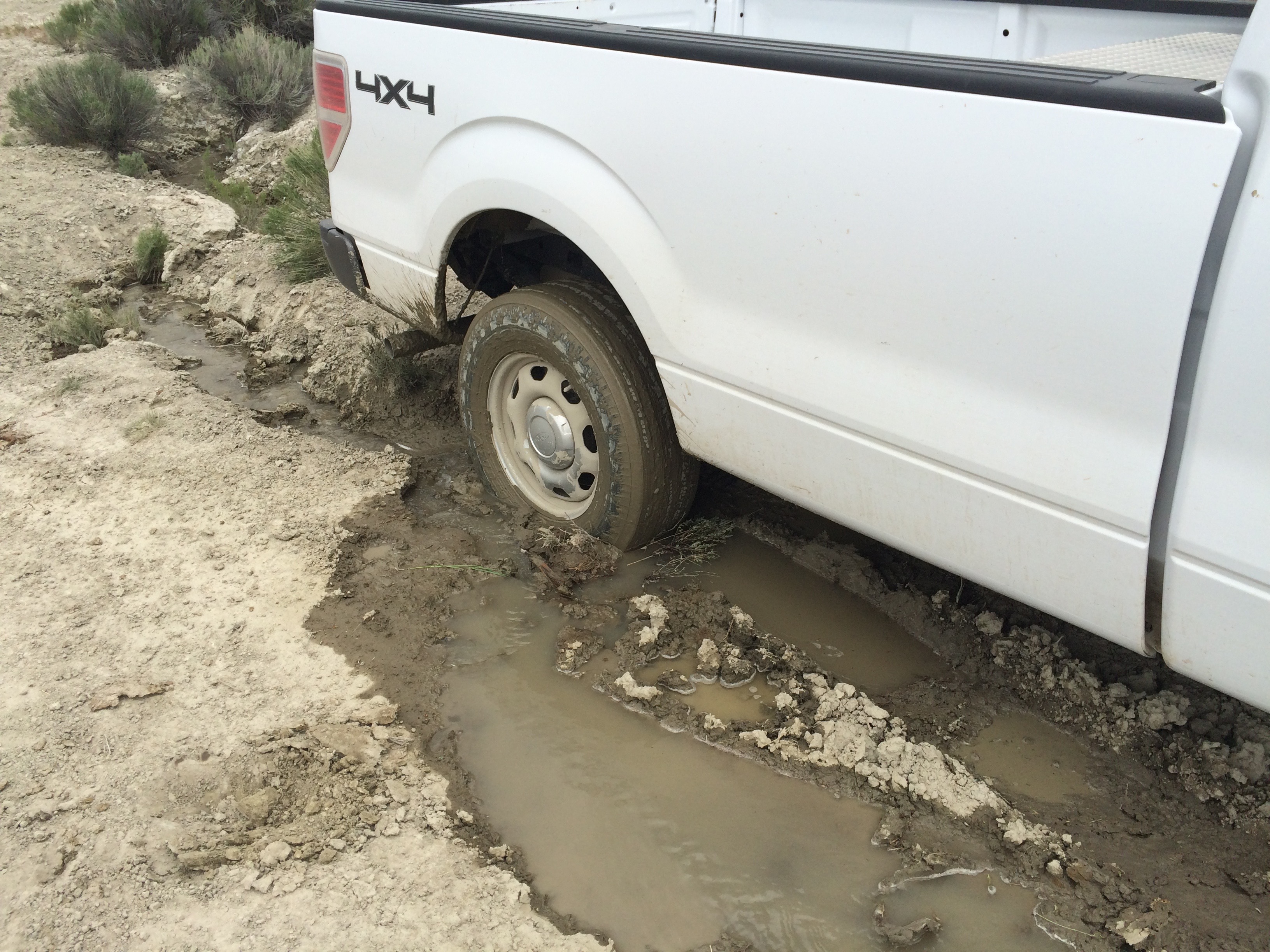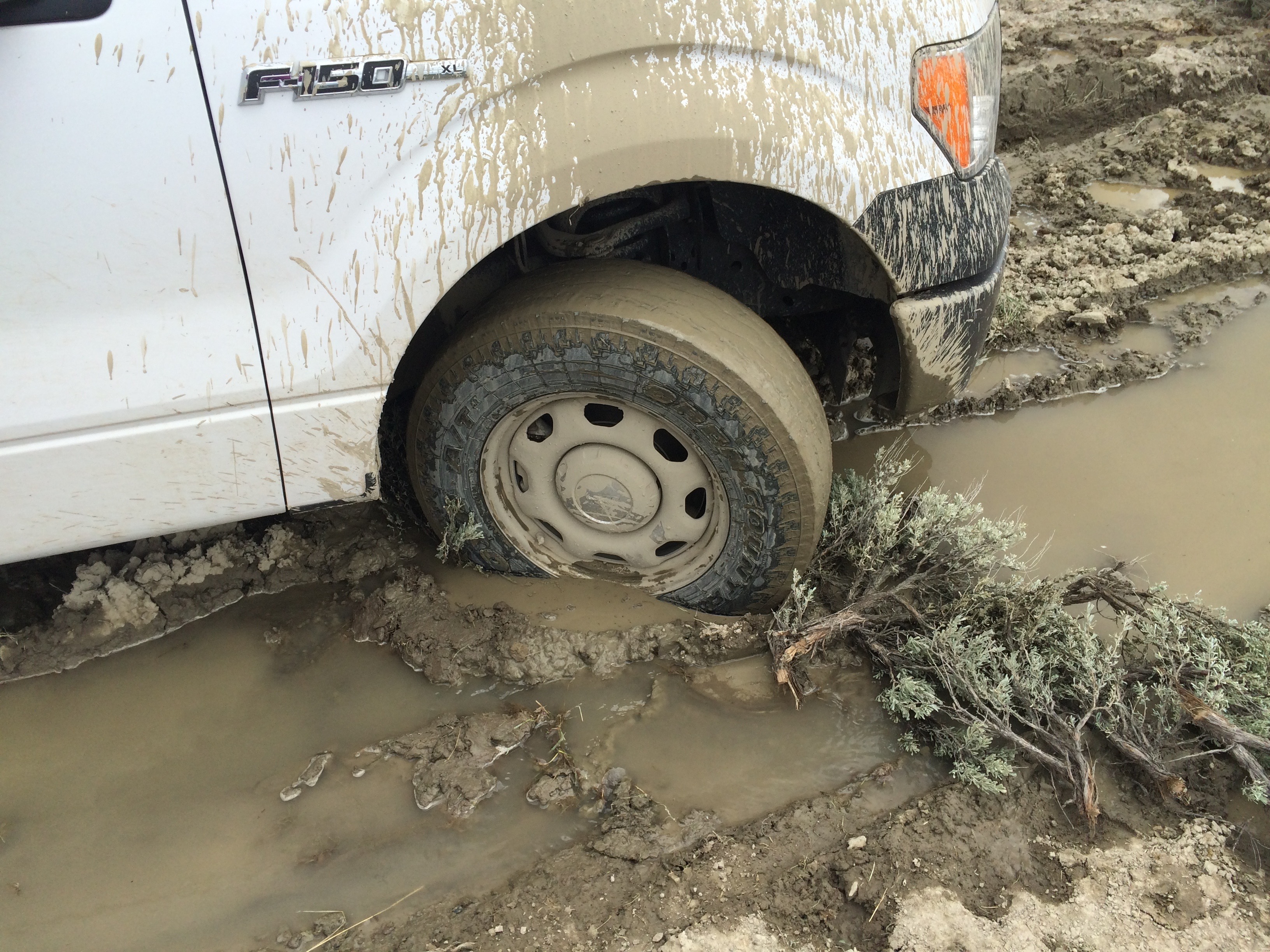“Earth provides enough to satisfy every man’s needs, not every man’s greed.”
-Mahatma Gandhi
Throughout this internship I have felt like a professional forager. And I suppose am, having gotten paid to gather seeds, nuts, and fruit. I love foraging, collecting, gathering or “native plant material collection” as it’s put on my time sheet each week. Actually, I think I’m just a glorified squirrel. Using my tiny hands to grab at any seeds I can find, saving them, and forgetting about every third acorn. :3
There is something primal about gathering seed and fruit. The eyes adjust to the task at hand. They hone in on the color and shape of whatever they search for. Even when the object of desire may be obscured by the surroundings. It may be same color as the leaves, the soil, or other fruit that doesn’t suit the palate. A dormant instinct is reawakened when given the chance. It’s as if a human can partially revert back to being a undomesticated, nomadic gatherer-hunter when out on a foray.
I feel conflicted about foraging during my personal time. Gathering wild foods for the purpose of genetic preservation and restoration stock is a worthy reason to deprive other animals that live in these spaces the full bounty of nourishment. But for my own sustenance? With so much land on earth devoted to food production and life for humans, it seems selfish and unnecessary to just start taking food from the wild where free animals may still live as they should. But I want to be a free animal too! Humans once feasted on thousands of different species from hundreds of families over the course of one year, prior to the invention and domination of agricultural societies. In America we’re lucky if we get more than 50 different species in our diet over the course of a year. So shouldn’t the modern human diet still contain wild varieties of food? Foods that haven’t yet begun to lose their nutritional value through what Nikolai Vavilov (a pioneer in seed saving) called “varietal disintegration.” This is when nutritional value, resilience, and vigor diminishes the longer a species is domesticated. I would like to think so. I wouldn’t forage an entire meal unless I needed to in order to survive. I prefer harvesting some wild greens for pesto or salad garnish. Harvesting a handful of mushrooms for a dish. Or taking a taste of some berries when out hiking.
How do I know this is safe to eat? A general rule is if you’re going to harvest something for ingestion, it should be growing at least a few hundred feet from any roads or buildings. Be sure it’s not near or in any brownfields. Be sure what it is of course. For all of us at CLM that know how to look at plants, this is obvious. Consulting a few books and the internet is a given. Don’t end up like Chris from Into the Wild. Trust your palate. If it tastes bad, spit it out! Our taste buds aren’t just for pleasure, they are for determining edibility of foods we try. In short: Use the senses wisely. Research the plants. Avoid contamination.
Don’t I need a permit? I am not an expert on this but I would assume so, considering we had to use permits to collect seed on any state, national and private land. I have had the pleasure of foraging along the edges of farms where I have worked in the past so I never had to ask for anything more than verbal permission. Ask your neighbors, friends, and family that have some land if you can forage there. Maybe you have a big yard with some overgrown edges that provide some fruit and greens. Be creative.
Eating the local native flora can connect you to the land in a way that buying food from a grocery store never could
Here are some pictures of some of the delicious berries I collected/snacked on when out in the field this summer.

Opuntia humifusa
I just had a taste of this wild candy while collecting it. Watch out for their prickles!

Rosa palustris
Rose hips. They sweeten up in November, a great time to harvest and dry for tea. Or to save for seed banks of course.

Vitus riparia
A wild grape found along wet, sunny places.

Vitis rotundifolia
Muscadine grapes found growing wild. So delicious and refreshing on a hot day. I even eat the seeds.

Rubus cuneifolius
The sand black berry, one of our target species here at MARSB. They grow in sandy places (DUH) along the coast.

Rubus phoenicolasius
Native to Asia, and not to the US. The hairy stem distinguishes them from other Rubus species.

Gaylussacia baccata
Black huckleberries are one of our targeted species that is literally absolutely abundant in the understory shrub layer of the New Jersey Pine Barrens.
MMMMM SEEDY..

 Woodland sunflowers (Helianthus divaricatus) beginning to bloom. Photo by Virginia McDaniel
Woodland sunflowers (Helianthus divaricatus) beginning to bloom. Photo by Virginia McDaniel Me with kudzu (Pueraria spp.) taking over trees by the Dollar General. Photo by Virginia McDaniel.
Me with kudzu (Pueraria spp.) taking over trees by the Dollar General. Photo by Virginia McDaniel.













































